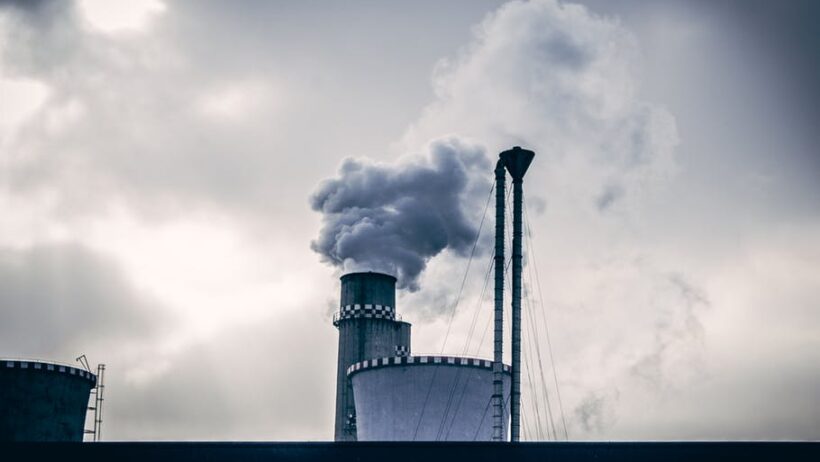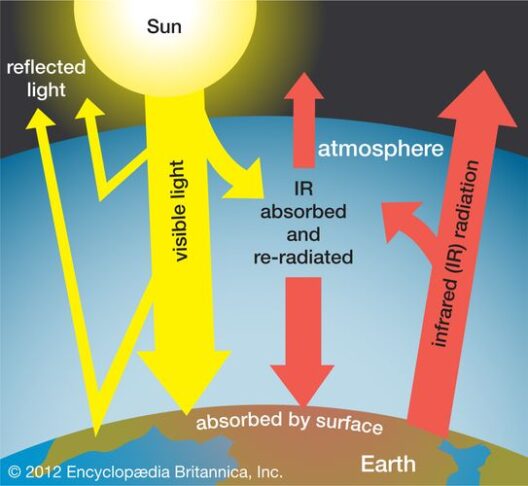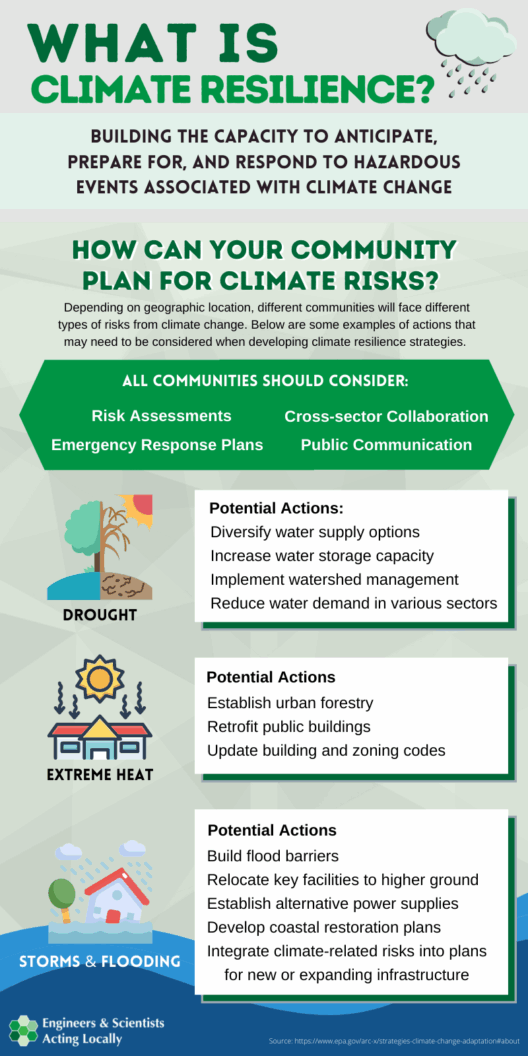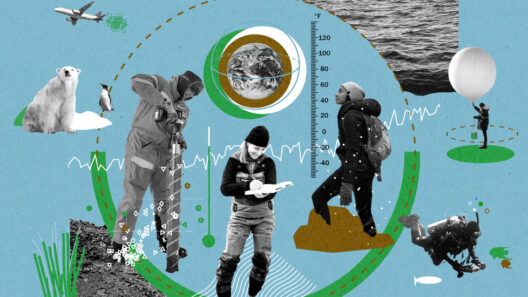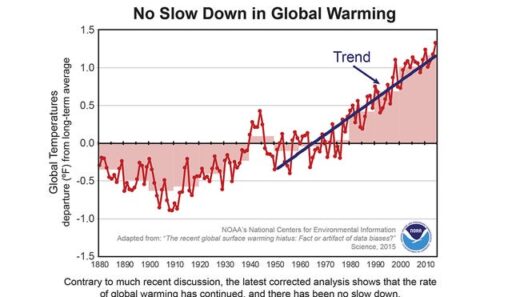Transportation is an omnipresent component of modern society, woven deeply into the fabric of our daily lives. Vehicles whisk us from place to place, connecting people and economies alike. However, beneath this veneer of convenience lies a burgeoning crisis exacerbated by the very mechanisms we depend upon. The correlation between transportation and global warming is not merely a statistical anomalism but rather a profound confirmation of the adverse impacts that fossil fuel consumption has on our atmosphere. In this discourse, we will navigate the intricate relationship between transportation and global warming, dissecting some of its principal components, and exploring pathways toward more sustainable solutions.
To understand the impact of transportation on climate change, one must first grasp the underlying mechanics. The transportation sector is a significant contributor to greenhouse gas (GHG) emissions, accounting for approximately 14% of global emissions, according to the Intergovernmental Panel on Climate Change. Of that, road vehicles—comprising cars, trucks, buses, and two-wheelers—constitute a staggering bulk. The combustion of fossil fuels, such as gasoline and diesel, releases carbon dioxide (CO2), methane (CH4), and nitrous oxide (N2O), all potent GHGs that thicken the atmospheric blanket, inducing a warming effect.
One of the primary culprits in this deterioration is the widespread reliance on internal combustion engines (ICE). These engines have become the predominant power source for vehicles, leaving a profound mark on air quality and climate resilience. As urbanization burgeons, particularly in developing nations, the increase in motor vehicle use leads to an exponential rise in emissions. Cities are transformed into labyrinths of traffic congestion, exacerbating air pollution and public health issues. Moreover, the investments in vehicular infrastructure often prioritize road expansion over the development of efficient, sustainable alternatives such as public transportation systems. Without systemic changes, the trajectory is indeed one towards ruin.
Another insidious aspect of transportation’s contribution to global warming lies in the shipping and aviation industries. Freight vessels crisscross the globe, delivering assorted goods with an enormous carbon footprint. While shipping is often regarded as a more efficient means of transportation compared to land or air, it is not without its dangers. In fact, the International Maritime Organization (IMO) has estimated that shipping accounts for approximately 2.6% of the world’s GHG emissions. Advances in technology may provide intermittent respite, but the fundamental reliance on heavy fuels, often of the dirtiest variety, complicates prospects for significant reductions.
Aviation, on the other hand, embodies the zenith of the fossil fuel dilemma. Flights create a unique set of climatic challenges, with high-altitude emissions contributing to both global warming and ozone depletion. Each passenger mile incurred by commercial flights emits approximately 0.24 kilograms of CO2. As the middle class expands in developing countries, so too does the accessibility to aviation, leading to a potential boom in emissions consistently year on year.
As we delve deeper into the transportation conundrum, it becomes evident that mode selection plays a pivotal role in an individual’s carbon footprint. For instance, the contrast between cars and public transportation is stark. Research indicates that public transit can reduce individual emissions by roughly half. Modes such as buses, trains, and subways utilize shared resources, driving down per capita emissions while simultaneously alleviating burdens on urban traffic congestion. The advancement of electric public transportation options is a formidable countermeasure against the current trajectory of carbon output.
Furthermore, the electrification of road transportation heralds hope amidst the climate crisis. Electric vehicles (EVs), powered by renewable energy, promise significant reductions in emissions. However, this vision won’t materialize without concerted efforts in developing charging infrastructure and enhancing the reliability of the grid that supports this electrification. Additionally, the environmental cost of battery production, including resource extraction and refinement, further complicates the narrative. The lifecycle emissions associated with EVs must be critically assessed to ensure that they do not merely serve as a stopgap while the larger systemic issues remain unaddressed.
Exploring alternative fuels also constitutes a vital cog in the transportation wheel. Biodiesel, hydrogen fuel cells, and even advancements in synthetic fuels could offer pathways to sustainable transit. For instance, hydrogen-powered vehicles emit only water vapor, presenting an exciting opportunity. Still, the challenges in hydrogen production and infrastructure scaling loom large. The transition toward a cleaner transportation paradigm hinges on the advent of renewable energy sources and sustainability throughout the entire supply chain.
To spur this transformation, government policy must act as the fulcrum supporting both innovation and reforms in transportation. Regulatory frameworks encouraging low-emission technologies, alongside economic incentives for electric and hybrid vehicles, can catalyze change in consumer behavior. Implementing carbon taxes or cap-and-trade systems could further motivate industries and individuals to pivot toward greener practices. Efforts must also encompass the investment in extensive public transport networks and the development of walkable, bike-friendly urban environments that mitigate reliance on personal vehicles.
The onus of combating climate change does not merely rest with policymakers and industries; individual actions also possess transformative potential. Embracing carpooling, using bicycles, and advocating for efficient public transport can forge communities that prioritize sustainability. Involvement in local policies and initiatives that promote clean transportation options can catalyze larger cultural shifts.
In summary, the pernicious link between transportation and global warming necessitates immediate attention. With a multifaceted approach involving technological innovation, systemic reform, and behavioral change, it is plausible to envision a future where transportation contributes to a sustainable ecosystem rather than its demise. As we embark on this journey, every action counts. The road ahead may be fraught with challenges, but the potential for a sustainable transportation future remains within our grasp.


